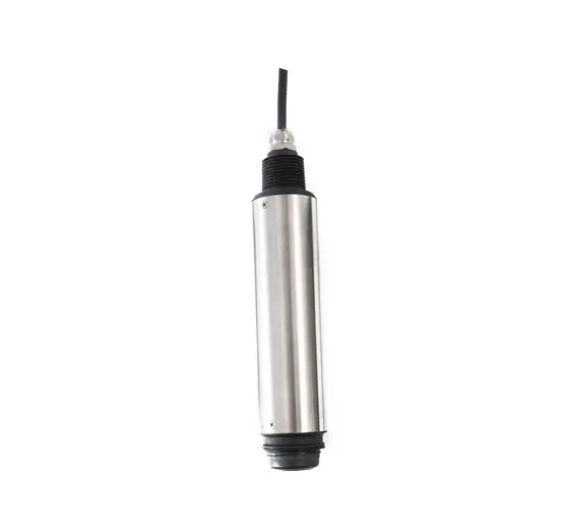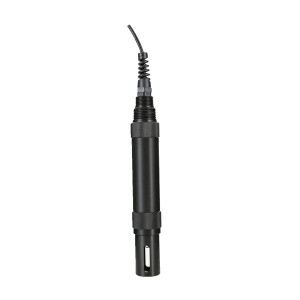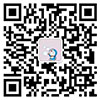IoT water quality sensor has brought great changes to the current water quality detection. Why?
Water is an essential resource in various industrial sectors, including manufacturing, agriculture, and energy production. As industries strive to optimize their operations and minimize environmental impact, the need for effective water quality monitoring becomes increasingly vital.
In recent years, the emergence of next-generation water monitoring solutions, such as Industrial IoT (Internet of Things) water quality sensors, has revolutionized the way industries assess and manage their water resources.
In this blog post, we will explore the benefits and applications of IoT water quality sensors for industrial settings, emphasizing their crucial role in ensuring water safety, sustainability, and efficiency.
Understanding IoT Water Quality Sensors:
IoT water quality sensors are devices equipped with advanced technologies that enable real-time monitoring of water quality parameters. These sensors utilize a network of interconnected devices and cloud-based platforms to collect, analyze, and transmit data.
By leveraging cutting-edge sensor technologies, IoT connectivity, and data analytics, these sensors provide accurate and timely information about water’s physical, chemical, and biological characteristics.
Using the advantages of IoT technology to detect water quality requires the following processes: deployment of sensors → data transmission → big data processing (cloud storage-analysis processing-visualization) → real-time detection and early warning.
In these processes, the IoT water quality sensor is the foundation and the source of all big data. Here we recommend IoT water quality sensors from BOQU for you:
1) Online IoT Water Quality Sensor:
BOQU’s online IoT water quality sensors for various applications offer high precision and a wide range of parameter measurements. They ensure accurate data collection for parameters like pH, conductivity, dissolved oxygen, and turbidity.
For example, the IoT digital optical dissolved oxygen sensor uses a fluorescence method to measure dissolved oxygen, which is a non-oxygen consumption measurement, so the detected data is stable. Its performance is reliable and will not be disturbed, and it is widely used in sewage treatment plants and other occasions.
The sensor uses a new oxygen-sensitive membrane and uses breakthrough fluorescence technology, which makes it far superior to many other similar sensors on the market.
2) IoT Water Quality Sensor for Industrial Applications:
BOQU’s IoT water quality sensors for industrial applications are designed to withstand harsh industrial environments. They provide real-time monitoring, enabling prompt detection of deviations and allowing for immediate corrective actions.
For example, BOQU’s IoT Digital pH Sensor has the longest output cable of up to 500 meters. Moreover, its electrode parameters can also be set and calibrated remotely, bringing more convenient operation for remote control.
These sensors offer scalability and can be integrated into existing control systems, providing remote access and control for water quality data, and facilitating proactive decision-making and interventions.
Importance Of Water Quality Monitoring In Industrial Applications:
Water quality plays a pivotal role in ensuring smooth industrial processes, protecting equipment, and maintaining product quality. IoT water quality sensors offer several advantages over traditional monitoring methods, including:
a. Real-time Monitoring:
IoT water quality sensors provide real-time data, enabling industries to identify and address water quality issues promptly. This capability helps prevent production downtime, equipment damage, and potential environmental contamination.
b. Remote Monitoring:
Industrial IoT water quality sensors can be remotely accessed and monitored, eliminating the need for manual data collection. This feature is particularly beneficial for industries with geographically dispersed operations, as it allows centralized monitoring and control of water quality across multiple sites.
c. Data Analytics and Predictive Maintenance:
IoT water quality sensors generate large volumes of data, which can be analyzed using advanced analytics techniques. By applying machine learning algorithms, industries can gain valuable insights into water quality trends, detect anomalies, and predict maintenance requirements, optimizing operational efficiency.
Applications Of Industrial IoT Water Quality Sensors:
IoT water quality sensors find applications across various industrial sectors. Let’s explore some of the key areas where these sensors are making a significant impact:
- Manufacturing and Processing:
Water quality is crucial in manufacturing processes, such as chemical production, food and beverage processing, and pharmaceutical manufacturing.
IoT water quality sensors enable continuous monitoring of parameters like pH, conductivity, dissolved oxygen, and turbidity, ensuring compliance with regulatory standards and maintaining product integrity.
- Agriculture and Aquaculture:
In agricultural and aquaculture settings, maintaining water quality is vital for crop health and livestock/fisheries management. IoT water quality sensors help monitor parameters like temperature, nutrient levels, salinity, and pH, enabling farmers and aquaculturists to make informed decisions regarding irrigation, fertilization, and disease prevention.
- Energy and Utilities:
Power plants and utilities rely on water for cooling systems and steam generation. IoT water quality sensors assist in monitoring parameters such as hardness, alkalinity, chlorine levels, and suspended solids, ensuring efficient plant operation, reducing corrosion risks, and optimizing energy production.
- Water Treatment and Wastewater Management:
IoT water quality sensors are crucial in water treatment facilities, helping monitor water quality throughout the treatment process.
These sensors aid in identifying contaminants, optimizing chemical dosing, and ensuring the quality of treated water. Additionally, they contribute to efficient wastewater management by monitoring discharge quality and facilitating compliance with environmental regulations.
Future Trends And Innovations:
The field of IoT water quality sensors continues to evolve rapidly, with several promising trends and innovations on the horizon. Here are some noteworthy developments to watch out for:
a. Miniaturization and Cost Reduction:
Advancements in sensor technologies are driving miniaturization and cost reduction, making IoT water quality sensors more accessible to a broader range of industries and applications.
b. Integration with Smart Water Management Systems:
IoT water quality sensors are increasingly being integrated with comprehensive smart water management systems. These systems combine data from multiple sensors and sources, providing holistic insights into water quality, consumption patterns, and optimization opportunities.
c. Enhanced Sensor Capabilities:
Ongoing research aims to enhance the capabilities of IoT water quality sensors, enabling the detection of emerging contaminants, microbial pathogens, and other complex water quality parameters.
Final words:
The integration of Industrial IoT water quality sensors into industrial applications is revolutionizing water monitoring and management practices. These sensors offer real-time and remote monitoring capabilities, data analytics for proactive decision-making, and improved operational efficiency.
As industries strive for sustainability and regulatory compliance, IoT water quality sensors provide valuable insights, enabling timely action to address water quality challenges.
Embracing next-generation water monitoring technologies like IoT sensors is essential for ensuring the long-term viability of industrial operations and the responsible use of our precious water resources.
Post time: May-15-2023






